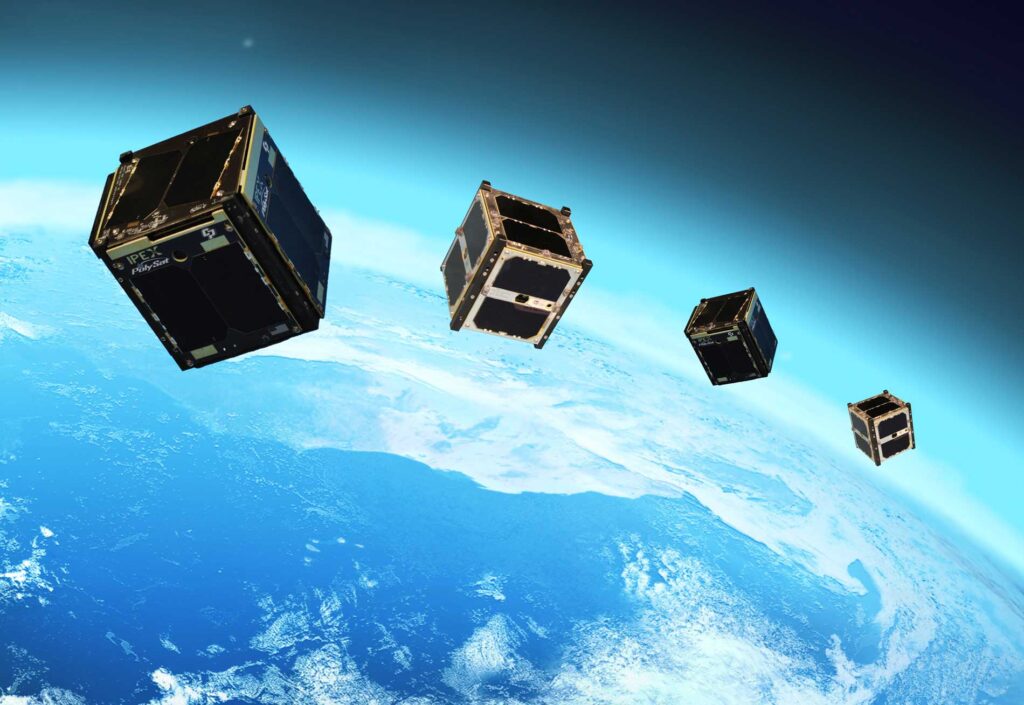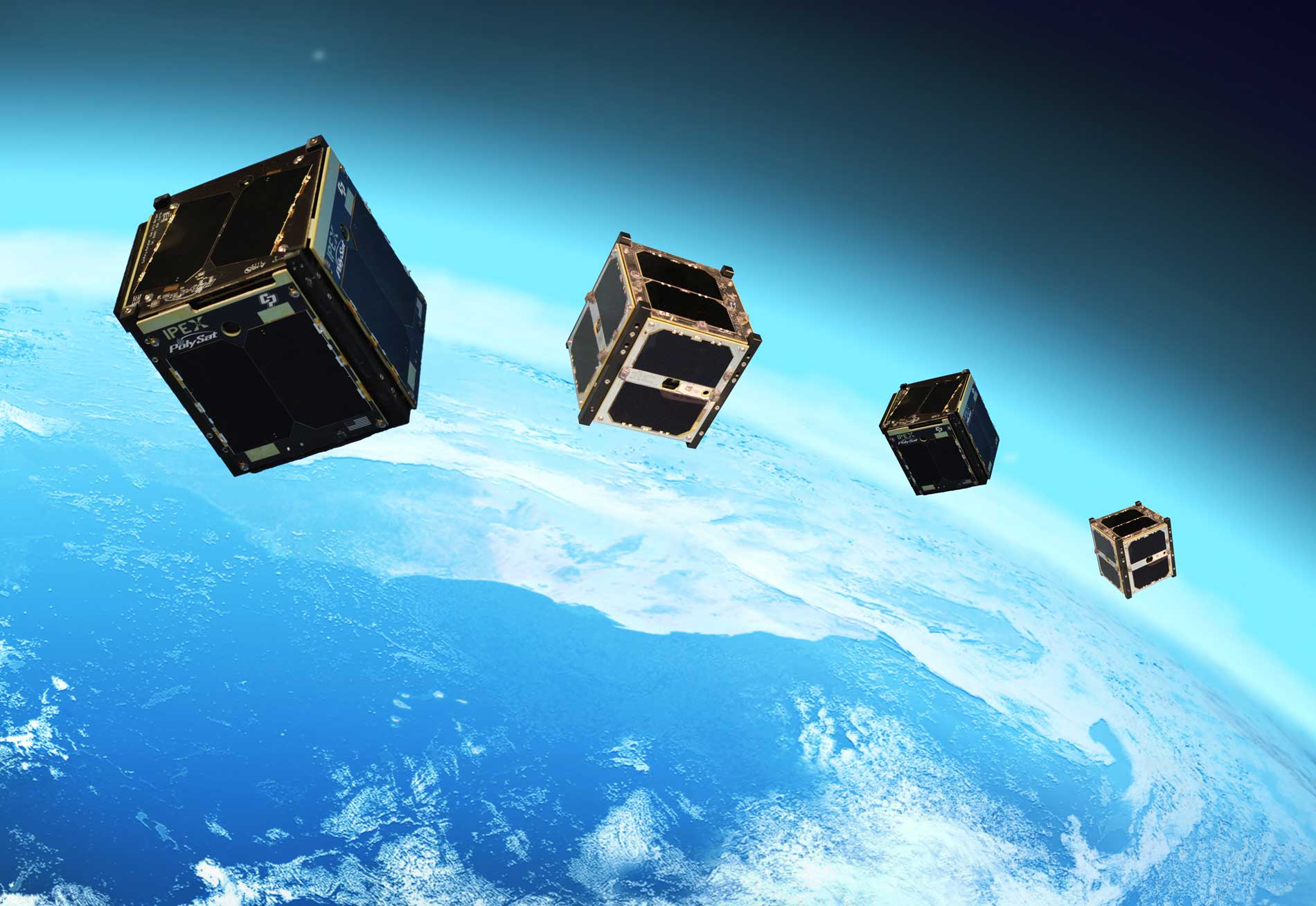NASA, CubeSat, Earth Observation, satellite technology, space exploration, environmental monitoring, climate research, high-resolution imagery, artificial intelligence, small satellite, sustainable land management, atmospheric monitoring, water resources, educational opportunities, international collaboration
Discover how NASA’s new CubeSat Earth Observation mission is set to revolutionize our understanding of Earth’s environment. Learn about the innovative technology, applications, and benefits of this tiny satellite designed to monitor atmospheric conditions, land and water resources, and much more.

Introduction
NASA has always been at the forefront of space exploration, constantly pushing the boundaries of what is possible. Their latest mission involves the launch of a tiny CubeSat, a miniature satellite designed to observe and study Earth. This innovative project is part of NASA’s ongoing efforts to utilize small satellites for scientific research, providing new insights into our planet’s environment and climate.
What is a CubeSat?
CubeSats are a type of miniaturized satellite used for space research. Typically, they are built to standard dimensions of 10x10x10 centimeters per unit (U), and they can range from 1U to 6U in size. These compact satellites are relatively inexpensive to manufacture and launch, making them an attractive option for scientific missions, technology demonstrations, and educational purposes.
The Mission
NASA’s new CubeSat, named “CubeSat Earth Observation” (CEO), is designed to perform a variety of tasks aimed at enhancing our understanding of Earth. The mission’s primary objectives include monitoring atmospheric conditions, studying land and water resources, and observing natural and human-made phenomena. By leveraging the capabilities of CubeSats, NASA hopes to gather critical data that can be used to address environmental challenges and improve our knowledge of Earth’s systems.
Launch and Deployment
The CubeSat was launched aboard a commercial rocket as part of a larger payload, a common practice for deploying small satellites. Once in orbit, the CubeSat was released from its deployment mechanism and began its mission. Equipped with advanced sensors and communication systems, the CubeSat is capable of transmitting data back to Earth in near real-time, providing researchers with valuable information for analysis.
Technological Advancements
One of the key features of the CubeSat Earth Observation mission is the use of cutting-edge technology. The satellite is equipped with high-resolution cameras and multispectral sensors, allowing it to capture detailed images and data across various wavelengths. This technology enables the CubeSat to monitor changes in vegetation, detect water bodies, and track atmospheric pollutants with unprecedented accuracy.
Moreover, the CubeSat is designed to operate autonomously, using artificial intelligence (AI) and machine learning algorithms to process data on board and make decisions about what information to transmit. This capability reduces the need for constant human intervention, allowing the CubeSat to operate more efficiently and effectively.
Applications and Benefits
The data collected by the CubeSat Earth Observation mission has numerous applications and benefits. For instance, the high-resolution imagery can be used to monitor deforestation, urbanization, and agricultural activities. This information is crucial for developing sustainable land management practices and mitigating the impacts of human activities on the environment.
Additionally, the CubeSat’s ability to monitor atmospheric conditions can help improve weather forecasting and climate modeling. By providing real-time data on temperature, humidity, and air quality, the CubeSat can contribute to more accurate and timely predictions of weather patterns and extreme events, such as hurricanes and droughts.
Furthermore, the CubeSat’s observations of water bodies and coastal areas can aid in the management of water resources and the protection of marine ecosystems. The data can be used to track changes in water quality, monitor algal blooms, and assess the impacts of pollution and climate change on aquatic environments.
Educational and Collaborative Opportunities
The CubeSat Earth Observation mission also offers significant educational and collaborative opportunities. By involving students and researchers in the design, development, and operation of the CubeSat, NASA is fostering the next generation of scientists and engineers. Educational institutions around the world can use the data collected by the CubeSat for hands-on learning and research projects, inspiring a new wave of innovation and discovery.
Moreover, the mission promotes international collaboration, as the data and findings are shared with researchers and organizations globally. This collaborative approach ensures that the benefits of the CubeSat’s observations are maximized, contributing to a more comprehensive understanding of Earth’s environment.
Challenges and Future Prospects
While the CubeSat Earth Observation mission holds great promise, it also faces several challenges. The small size of the CubeSat limits its payload capacity, meaning that it can carry fewer instruments and sensors compared to larger satellites. Additionally, the CubeSat’s limited power supply and communication capabilities can constrain its operational lifespan and data transmission rates.
Despite these challenges, the success of the CubeSat Earth Observation mission could pave the way for future advancements in small satellite technology. As technology continues to evolve, CubeSats are expected to become more capable and versatile, opening up new possibilities for scientific research and Earth observation.
Conclusion
NASA’s launch of the CubeSat Earth Observation mission represents a significant step forward in the field of small satellite technology. By leveraging the capabilities of CubeSats, NASA is able to conduct valuable scientific research and gather critical data about Earth’s environment. The mission’s innovative use of advanced sensors and AI technology demonstrates the potential of CubeSats to contribute to our understanding of the planet and address pressing environmental challenges.
As the CubeSat Earth Observation mission progresses, the data and insights it provides will be invaluable for researchers, policymakers, and educators alike. This mission not only enhances our knowledge of Earth but also inspires future generations to pursue careers in science, technology, engineering, and mathematics (STEM). By continuing to push the boundaries of what is possible, NASA remains at the forefront of space exploration and scientific discovery, ensuring that our understanding of Earth continues to grow and evolve.
Read More-
- Boeing and NASA Proceed with Starliner Launch Despite Helium Leak
- NASA and Sierra Space Dream Chaser Arrives in Florida for Launch Prep
- NASA Plan to Build a Railway System on the Moon
- NASA Wildfire Digital Twin: Revolutionizing Fire and Smoke Forecasting with AI










